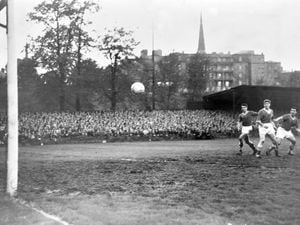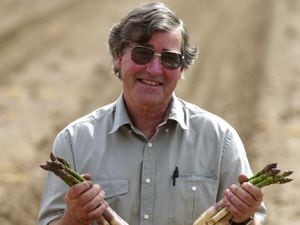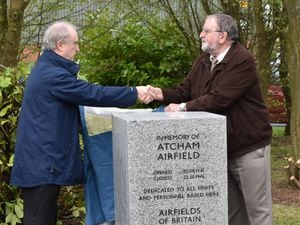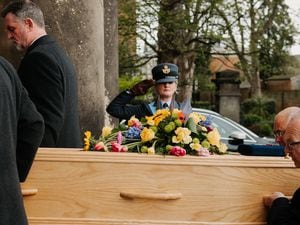Man of metal who made great things happen
A Shrewsbury local historian is aiming to rescue a pioneering but little-known giant of industry from obscurity with a new book shining the spotlight on his life and achievements.
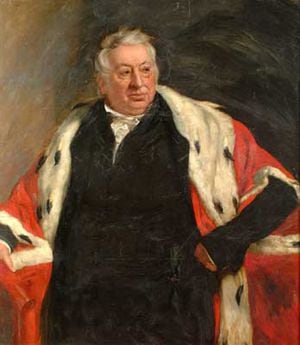
Shropshire ironmaster William Hazledine helped shape the face of Britain, working on a variety of high profile projects both in Shropshire and further afield, including the Pontcysyllte Aqueduct, which is now a World Heritage Site.
But while his contemporary Thomas Telford - another whose contribution was long overlooked - has been the subject of a number of books and even had a town named after him, Hazledine has by comparison remained in history's shadows, something that Dr Andrew Pattison is aiming to put right with his biography "William Hazledine, Pioneering Ironmaster."
Man of metal Hazledine supplied ironwork for at least five world firsts - Ditherington Flax Mill, the aqueducts on the Ellesmere Canal, lock gates for the Caledonian Canal, and a whole series of cast iron arch bridges and the Menai and Conwy suspension bridges.
He had a number of foundries, including at Coleham and Upton Forge.
"I had heard his name but I didn't really know anything about him. I kept bumping into him, figuratively, in the archives and realised he was actually quite an important person. I spent a number of years doing the research, then I did a Masters degree at Birmingham University on him. So that was how the book came into being," said Andrew.
"He worked very closely with Thomas Telford. Telford had the ideas, but Hazledine made them happen, things like the Pontcysyllte and Chirk aqueducts, and the Menai and Conwy bridges were very much the first of their type.
"It needed somebody who could produce iron of sufficient quality to make it happen, and not only did it happen then, but they have lasted for 200 years or so."
One of the reasons that Hazledine is not a household name is that he was prominent at the end of one era which was being eclipsed by the dawn of another.
"In the sort of work he was doing with Telford and others he was working with cast iron, mostly, and when steel came in that superseded cast iron. And the canals he worked on became much less important once the railways came. Things like canals and even the turnpike roads were regarded as being old fashioned once the railways came in.
"People like Brunel and Stephenson and others became household names whereas Telford and people like him tended to be forgotten."
Another factor in his relative obscurity is that he left no personal memoirs.
"There is very little. There are one or two letters, particularly when he was older. But I was able to find quite a number of original documents relating to plans and drawings that were done by him."
A number of Hazledine's works remain as evidence of his importance in his heyday.
"In Shropshire the pedestrian bridge at Hall Park Way in the centre of Telford was made by him. It was originally over the Cound Brook. It was taken down and re-erected.
"The major things are the Pontcysyllte and Chirk aqueducts, the Menai Bridge and Conwy Bridge."
Hazledine is buried in a vault at St Chad's Church in Shrewsbury, where there is also a small statue of him.
"William Hazledine, Pioneering Ironmaster" is published by Brewin Books and costs £13.95.


